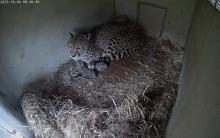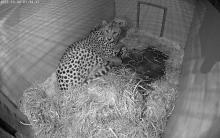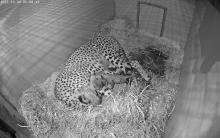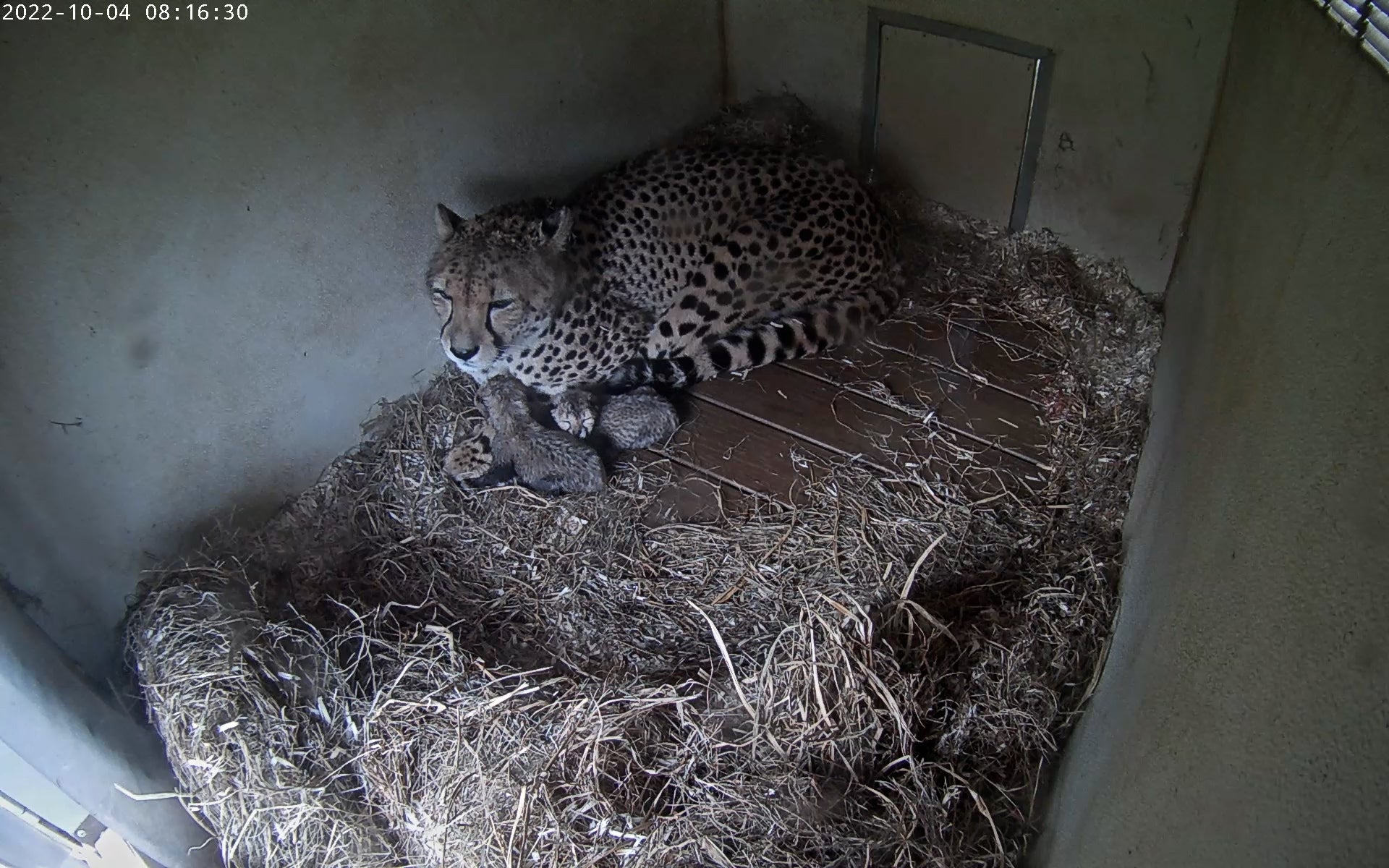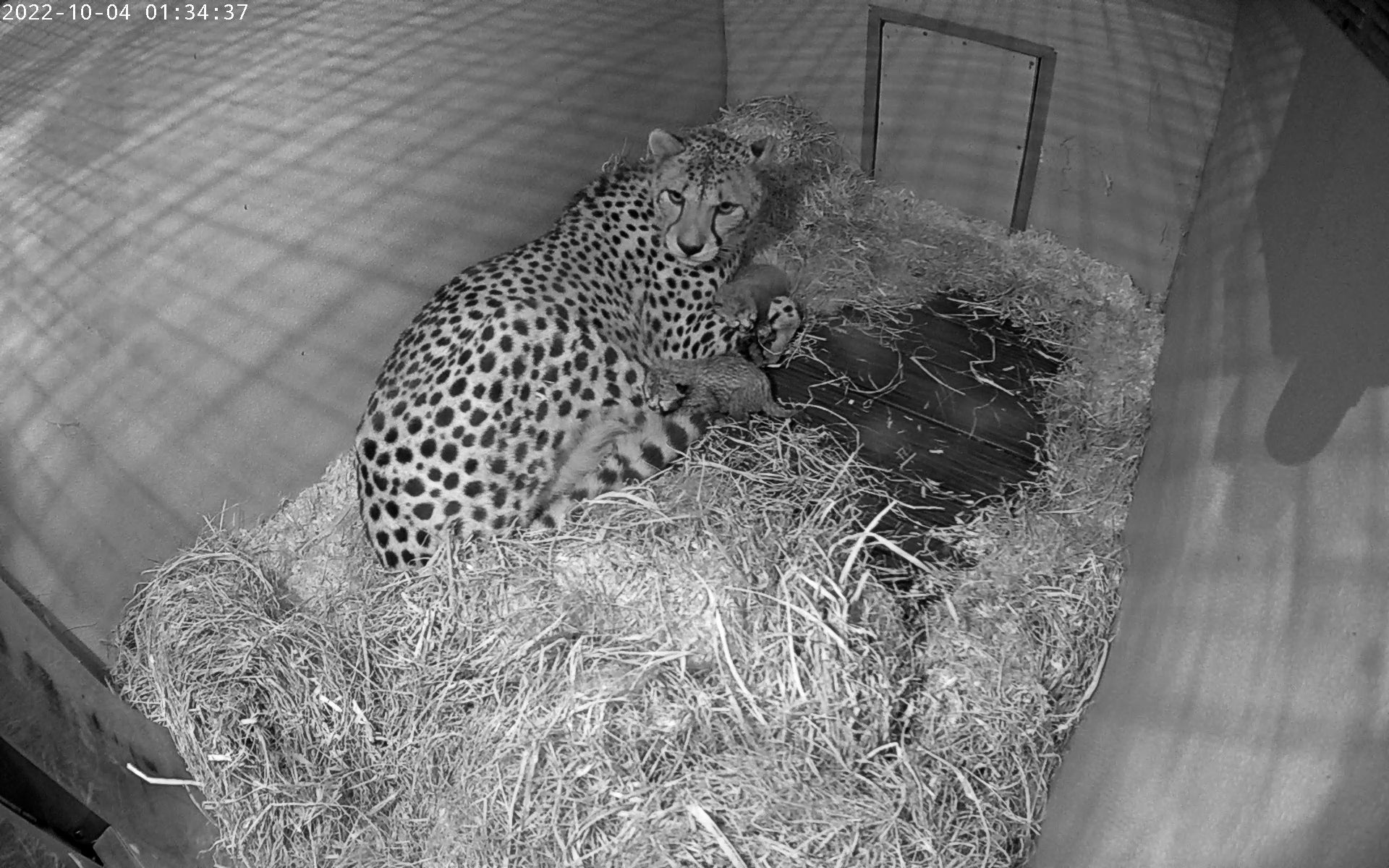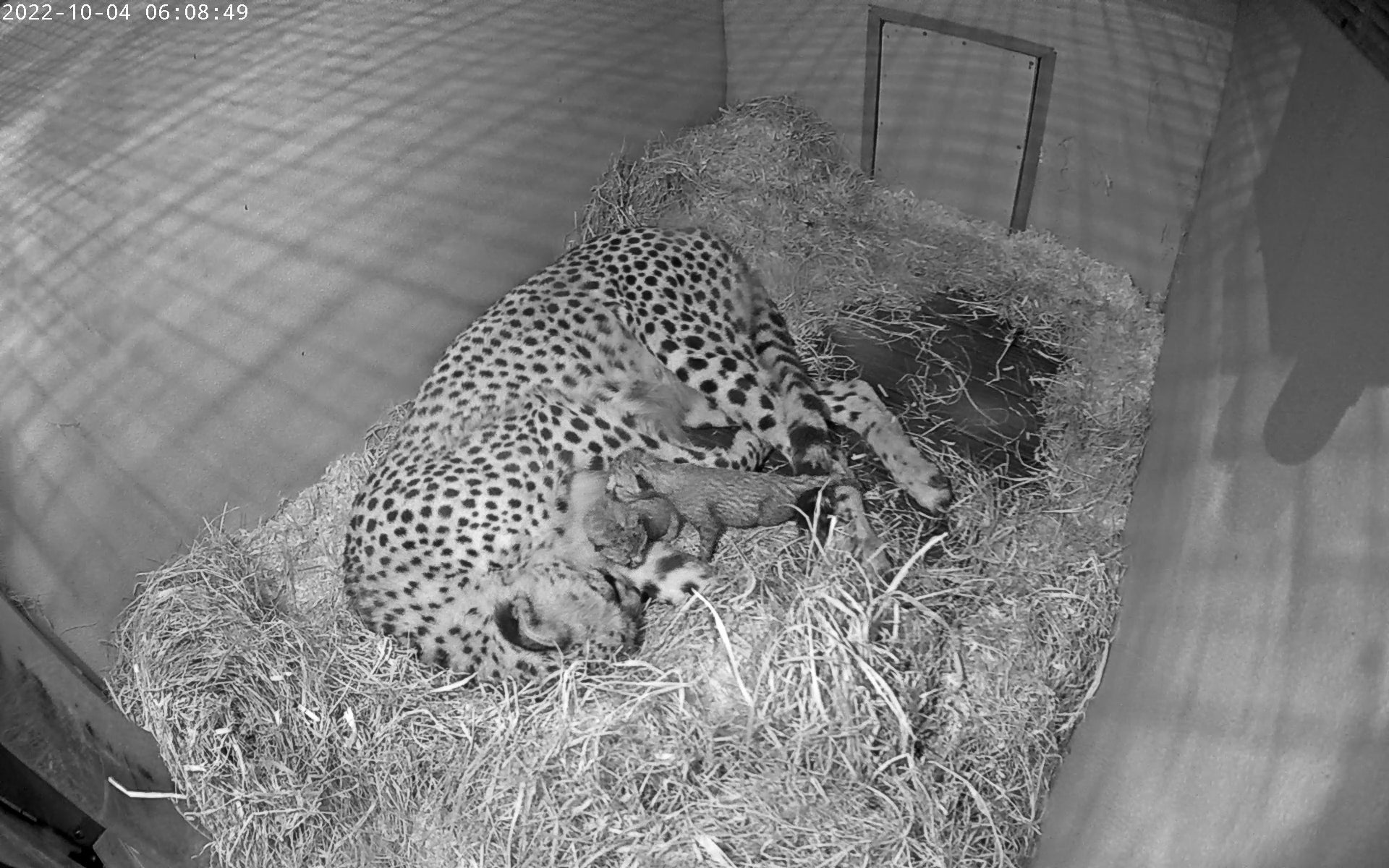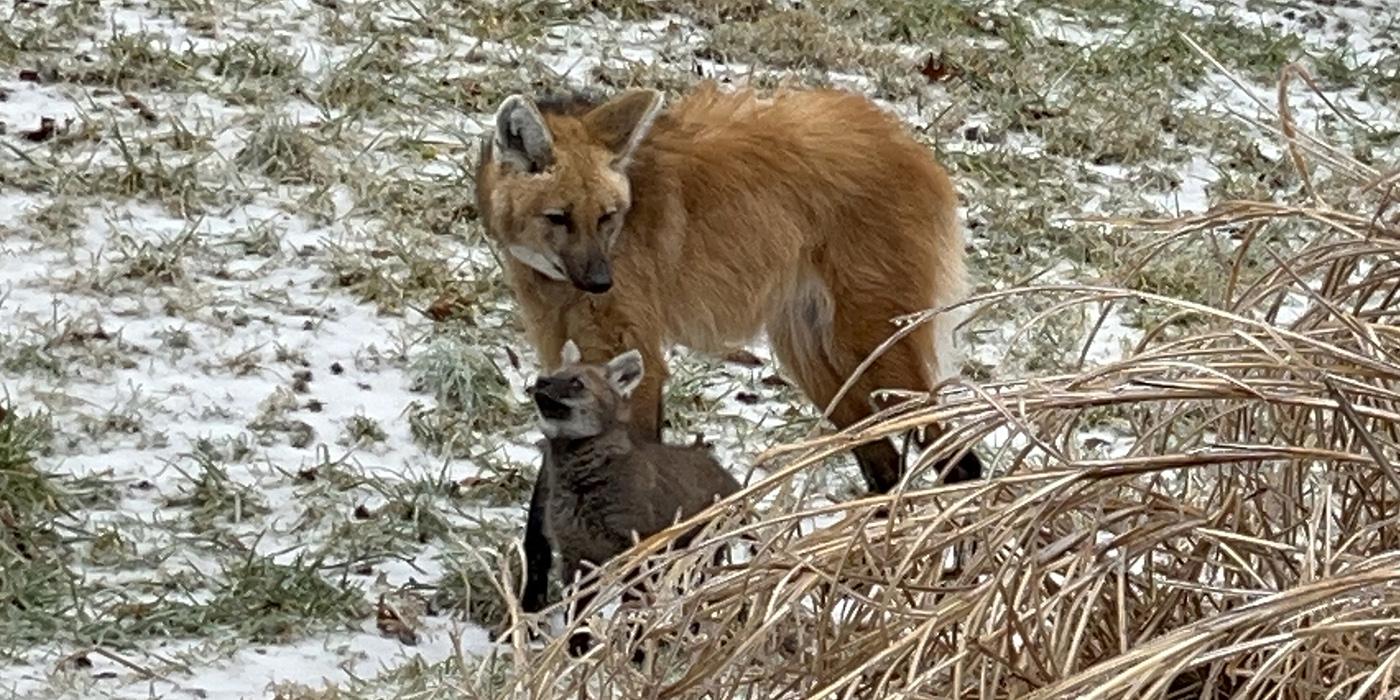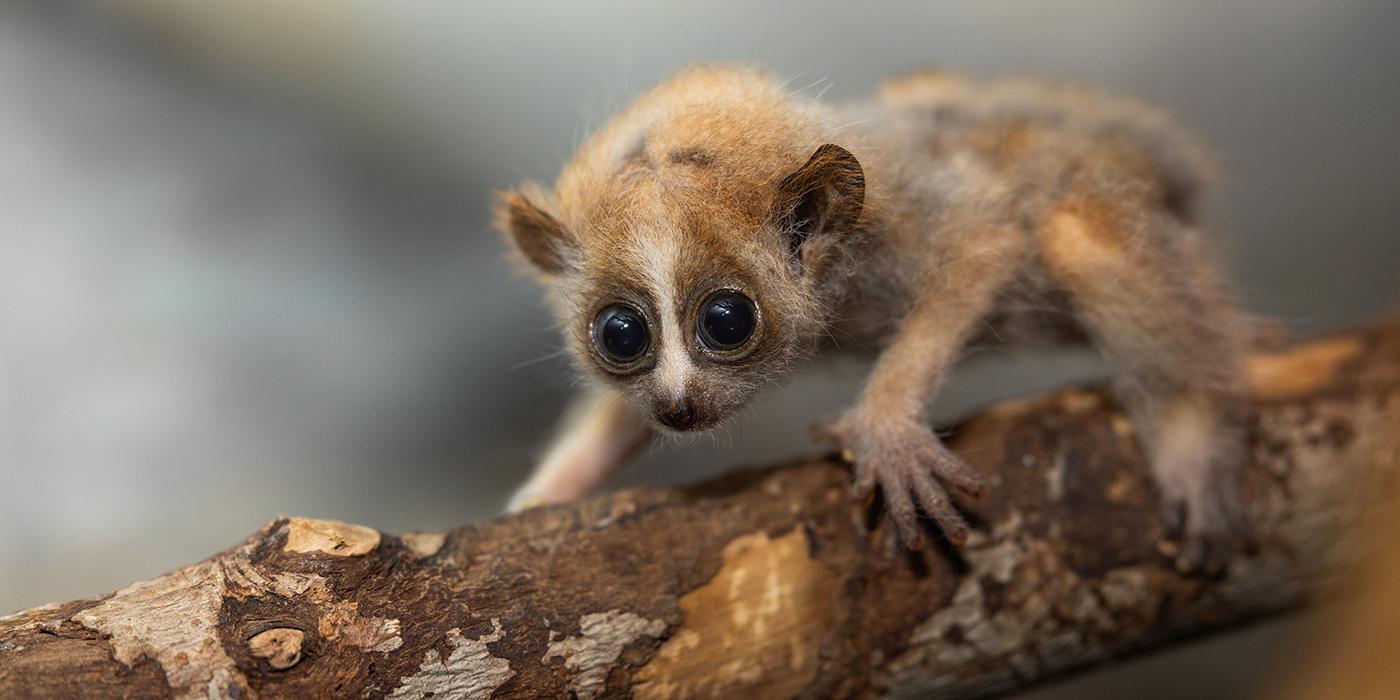Cheetah Cubs Are Born at Front Royal Campus, Smithsonian’s National Zoo and Conservation Biology Institute
Cubs Can Be Viewed on the New Live Cheetah Webcam
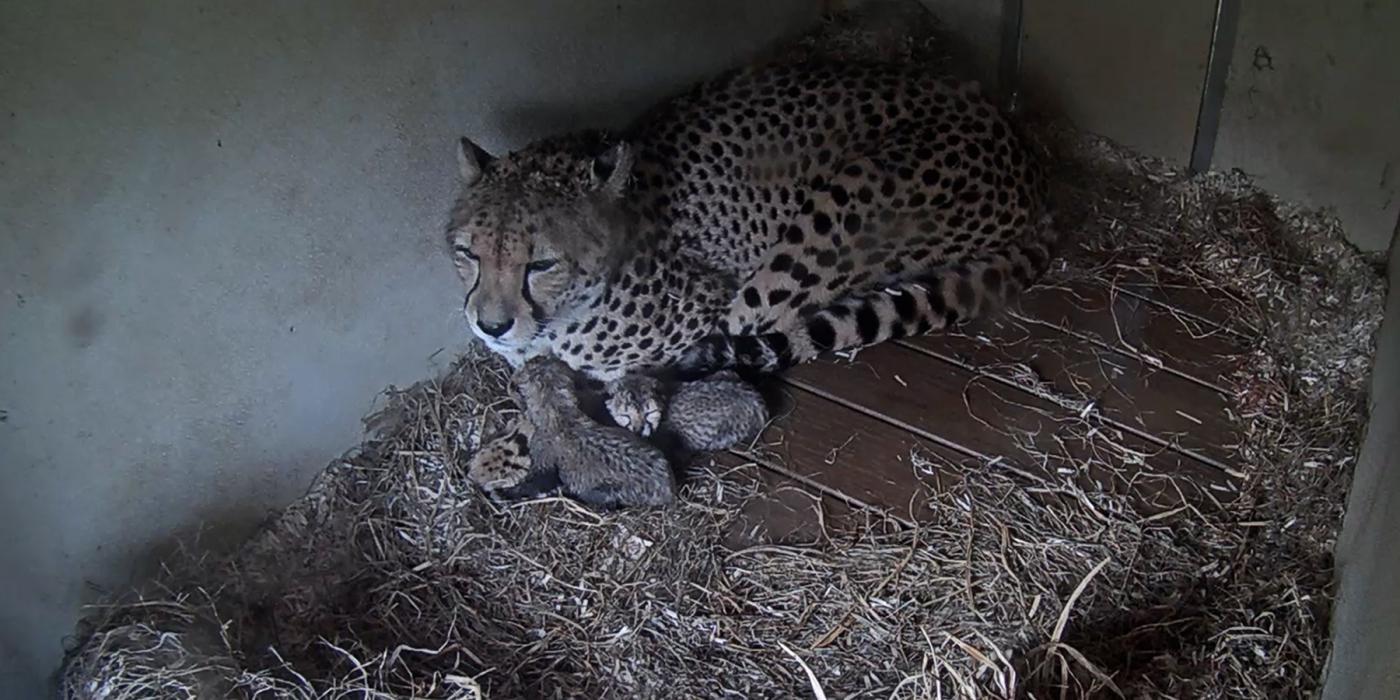
Carnivore keepers at the Smithsonian’s National Zoo and Conservation Biology Institute (NZCBI) in Front Royal, Virginia, welcomed a litter of two cheetah cubs. First-time mother, 4-year-old female Amani, birthed the cubs Oct. 3 around 9:17 p.m. and 11:05 p.m. ET. This is also the first litter sired by 7-year-old father Asante. As the first offspring of both parents, the cubs are genetically valuable. They appear to be strong, active, vocalizing and nursing well. Animal care staff are closely monitoring Amani and her cubs’ behaviors via the Cheetah Cub Cam on the Zoo’s website. Virtual visitors can also observe Amani and her cubs on this temporary platform until the cubs leave the dens.
Keepers will leave Amani to bond with and care for her cubs without interference, so it may be some time before they can determine the cubs’ sexes. They will perform a health check on the cubs when Amani is comfortable leaving them for an extended period.
“Seeing Amani successfully care for this litter—her first—with confidence is very rewarding,” said Adrienne Crosier, cheetah biologist at NZCBI and head of the Association of Zoos & Aquariums’ Cheetah Species Survival Plan (SSP). “Being able to watch our cheetah family grow, play and explore their surroundings is incredibly special. We hope this experience brings Cheetah Cub Cam viewers joy and helps them feel a deeper connection to this vulnerable species.”
NZCBI is part of the Cheetah Breeding Center Coalition—a group of 10 cheetah breeding centers across the United States that aim to create and maintain a sustainable North American cheetah population under human care. These cubs are a significant addition to the Cheetah SSP, as each individual contributes to this program.
The SSP scientists determine which animals to breed by considering their genetic makeup, health and temperament, among other factors. Amani and Asante were paired and bred naturally July 2 and 3. Keepers trained Amani to voluntarily participate in ultrasounds, and veterinarians confirmed her pregnancy Aug 8. Since 2007, 17 litters of cheetah cubs have been born at NZCBI’s Front Royal campus.
Significant scientific studies by NZCBI researchers have demonstrated that maintaining breeding males in group coalitions (as they would live in the wilds of Africa) promotes reproductive performance, specifically improving sperm quality. Other ongoing research focuses on gamete (sperm and egg) biology, health and disease, the influence of age on reproduction, as well as understanding the hormonal complexities of the species. Such data is used by conservationists to modify reproductive strategies for this vulnerable felid, including ensuring that prime-breeding-age cheetahs are maintained in spacious breeding centers, such as at NZCBI, to promote optimal reproduction and cub production.
Cheetahs live in small, isolated populations mostly in sub-Saharan Africa. Many of their strongholds are in eastern and southern African parks. Due to human conflict and poaching, habitat and prey-base loss, there are only an estimated 7,000 to 7,500 cheetahs left in the wild. The International Union for Conservation of Nature considers cheetahs vulnerable to extinction.
About the Smithsonian’s National Zoo and Conservation Biology Institute
The Smithsonian’s National Zoo and Conservation Biology Institute (NZCBI) leads the Smithsonian’s global effort to save species, better understand ecosystems and train future generations of conservationists. Its two campuses are home to more than 2,000 animals, including some of the world’s most critically endangered species. Always free of charge, the Zoo’s 163-acre park in the heart of Washington, D.C., features 1,800 animals representing 360 species and is a popular destination for children and families. At the Conservation Biology Institute’s 3,200-acre campus in Virginia, breeding and veterinary research on 200 animals representing 20 species provide critical data for the management of animals in human care and valuable insights for conservation of wild populations. NZCBI’s 305 staff and scientists work in Washington, D.C., Virginia and with partners at field sites across the United States and in more than 30 countries to save wildlife, collaborate with communities and conserve native habitats. NZCBI is a long-standing accredited member of the Association of Zoos & Aquariums.
# # #
Related Species:
Image Gallery
